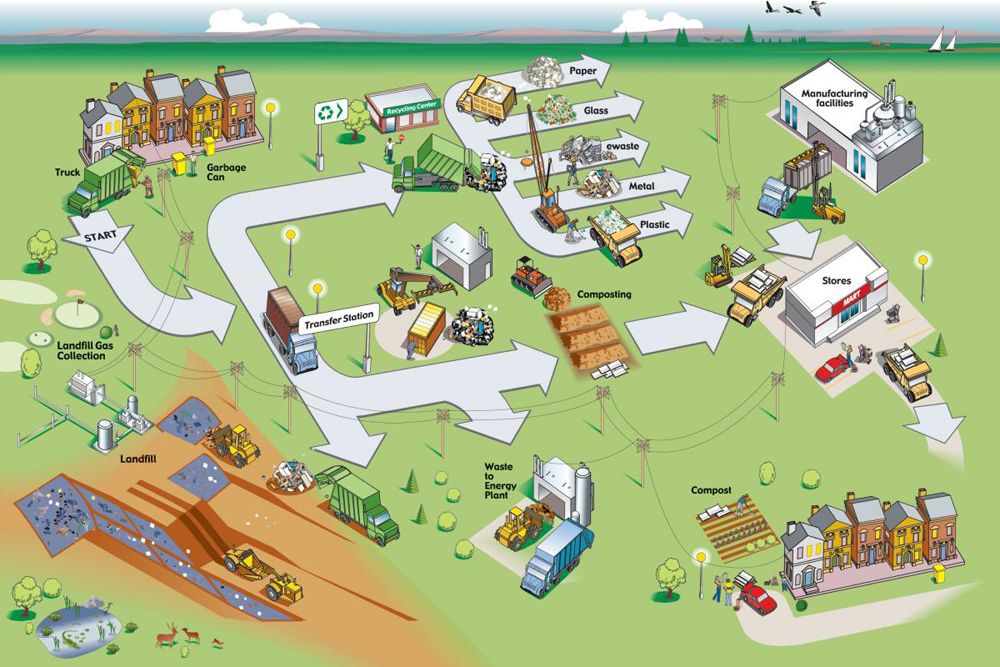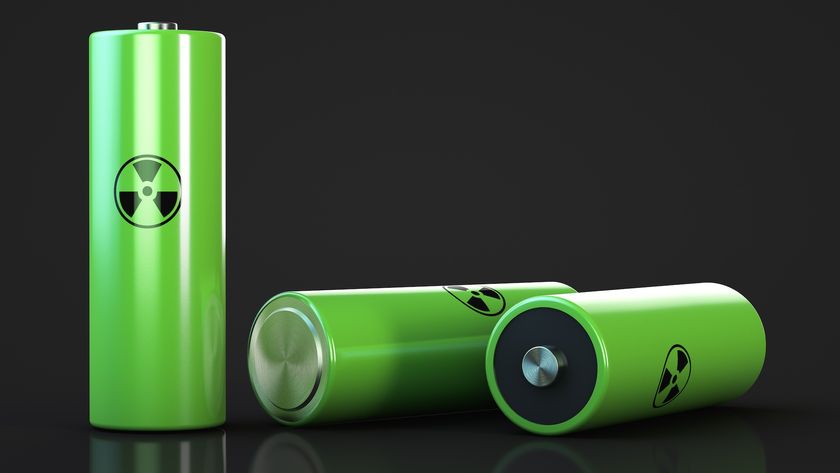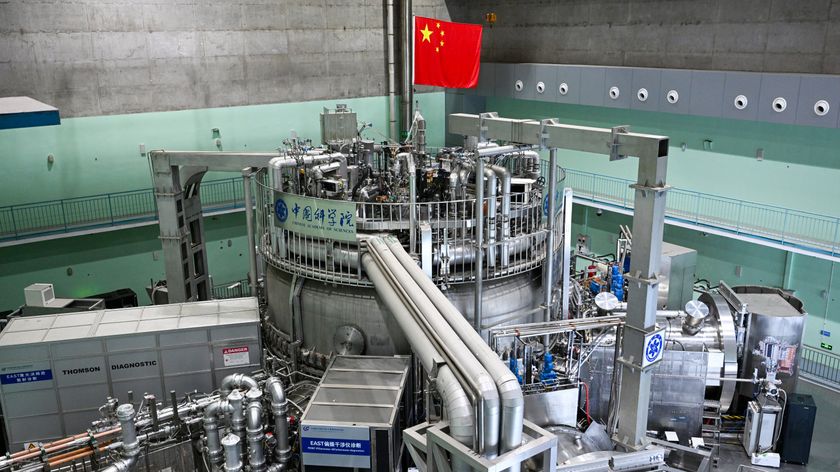
The Long Paper Trail: U.S. Recycling Roots Date to 1600s

Susan Cosier is the managing editor of OnEarth.org, published by the Natural Resources Defense Council. This article was originally published by OnEarth magazine. Cosier contributed this article to LiveScience's Expert Voices: Op-Ed & Insights.
Every day that my daughter attends daycare, the teachers send home a report on a 4 x 6 slip of paper. It would be easy to throw them away, but instead I fasten them together with a binder clip to make a notepad.To me, making every scrap of paper count feels like a modern environmental ethic. When I was in elementary school, I remember learning about recycling like it was a brand-new concept, as if it were invented in the 1970s alongside Earth Day, Rollerblades and the Sony Walkman. And certainly it was the dawning of a new age of environmental awareness during that decade that led cities across the United States to institute recycling programs in the following years. (New York City, where I live, started a voluntary program in 1986, making it mandatory in 1989.)
But it turns out that recycling itself is actually a recycled idea. "The recovery of paper — what we would call today recycling — has been going on as long as the history of the United States," says Samantha McBride, who served as New York City Department of Sanitation's deputy director for recycling for more than a decade and is now an assistant professor in Baruch College's School of Public Affairs.
The Rittenhouse Mill in Philadelphia turned recycled rags into paper as far back as 1690, making it the oldest-known recycling center in the United States. The practice soon spread to mills in other cities. In the 18th and 19th centuries, people known as peddlers or pickers would walk down New York City's streets with a cart or horse-drawn wagon calling out, "Do you have any rags? Do you have any bottles? Do you have any paper?" Often they would trade trinkets that they carried — buttons or pans, for example—for the material that they would then sell to paper dealers. It was a business built on economic necessity, albeit one that reduced waste and pollution. It also allowed recycled material to be mixed with wood pulp to create new paper. Still, trash covered the streets.

Until 1895, that is, when Colonel George E. Waring Jr., a sanitation engineer (and a veteran of the Civil War) took over as the commissioner of what would become New York City's Sanitation Department. He cleaned up streets so strewn with garbage that it was often impossible to see the ground below. Around the same time, a sorting facility in Manhattan served as the city's first recycling plant.
More than a century later, recycling seems like a well-accepted virtue. After the late-20th century resurgence, Americans now recycle 74 percent of their office paper, a high rate compared to the 3 percent of plastic that makes its way to recycling facilities.
And yet 18 million tons of paper still go to landfills every year. It might seem benign compared to some of the other things Americans throw away, but because it's organic matter, paper breaks down and produces methane, a greenhouse gas that's 21 times more potent than carbon dioxide (the most prevalent warming gas in the atmosphere). The amount of greenhouse gas that wafted into the atmosphere because of paper decomposing in landfills in 2006 is roughly the same as carbon dioxide emitted by 8.3 million passenger cars. In other words, Americans are good paper recyclers, but we could be better. I wonder what our predecessors — the ones who collected every salvageable rag and scrap of paper — would think.
Sign up for the Live Science daily newsletter now
Get the world’s most fascinating discoveries delivered straight to your inbox.
Don't get me wrong. Recycling itself isn't completely benign — it takes energy and effort, too. Though the EPA estimates that recycling paper takes 40 percent less energy and 80 percent less water than starting from scratch, it's even better if something is used as many times as possible before it gets tossed into the bin.
So although it's a small thing, my little homemade notebooks are at least a reminder of recycling's legacy and importance. And ensuring that every piece of paper I touch does double or triple duty serves as a reminder that paper is a valuable resource, something early Americans recognized. I'm happy to be recycling their tradition.
Follow Cosier @susancosier. This article was originally published by OnEarth magazine. This article first appeared as part of OnEarth's Answers from the Past month, in which contributors explore how contemporary thinking on sustainability has been influenced by wisdom handed down from previous generations. Read more here. The views expressed are those of the author and do not necessarily reflect the views of the publisher.This version of the article was originally published on Live Science.












